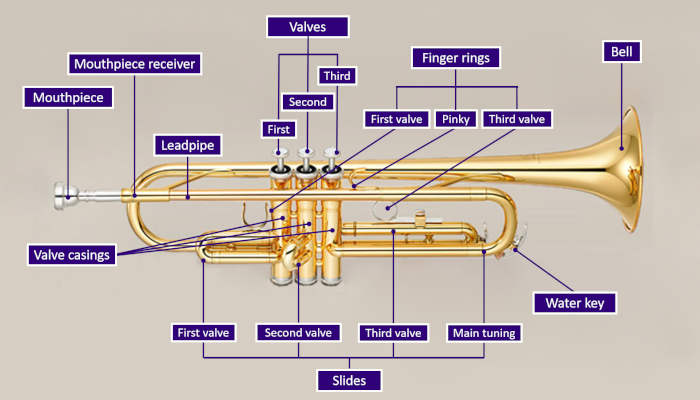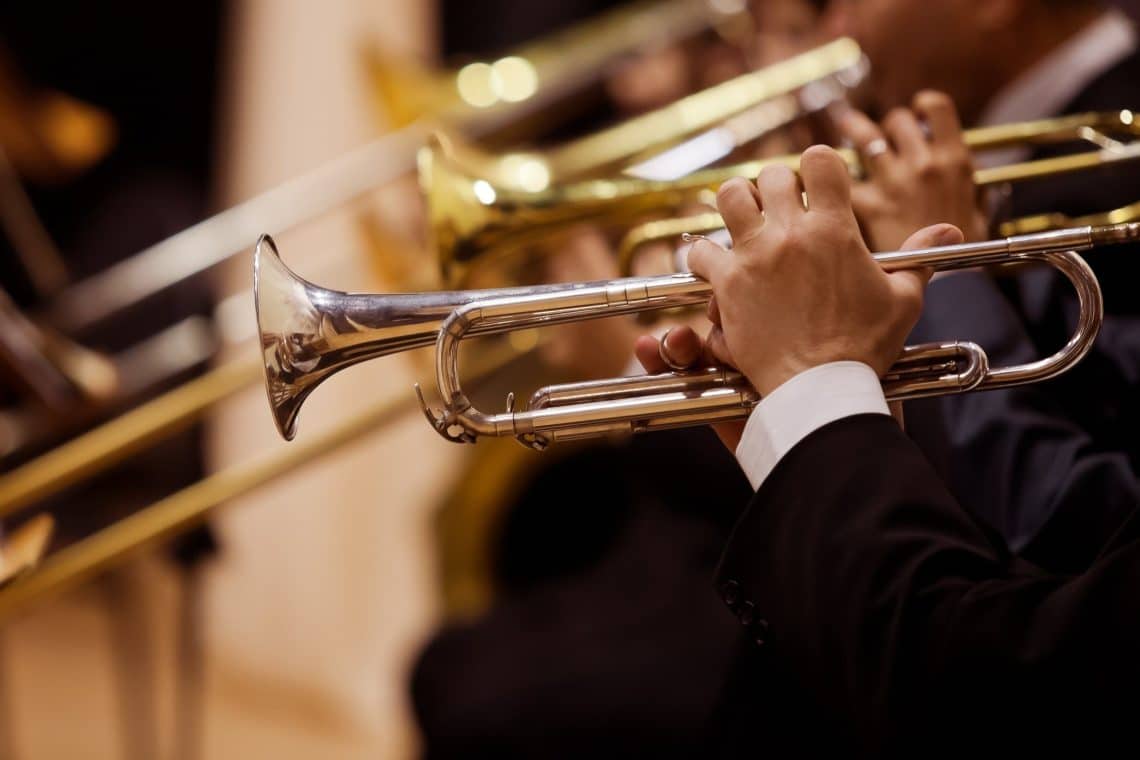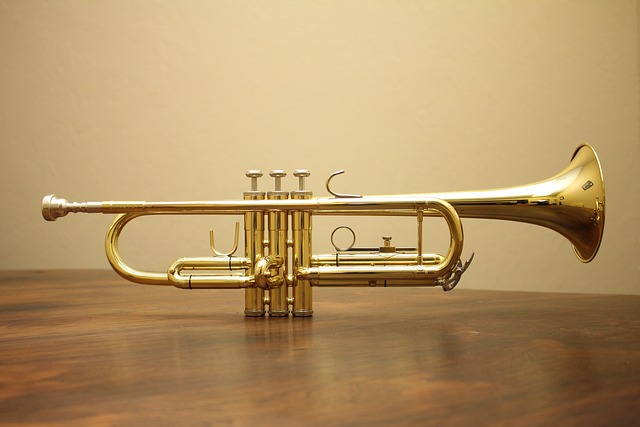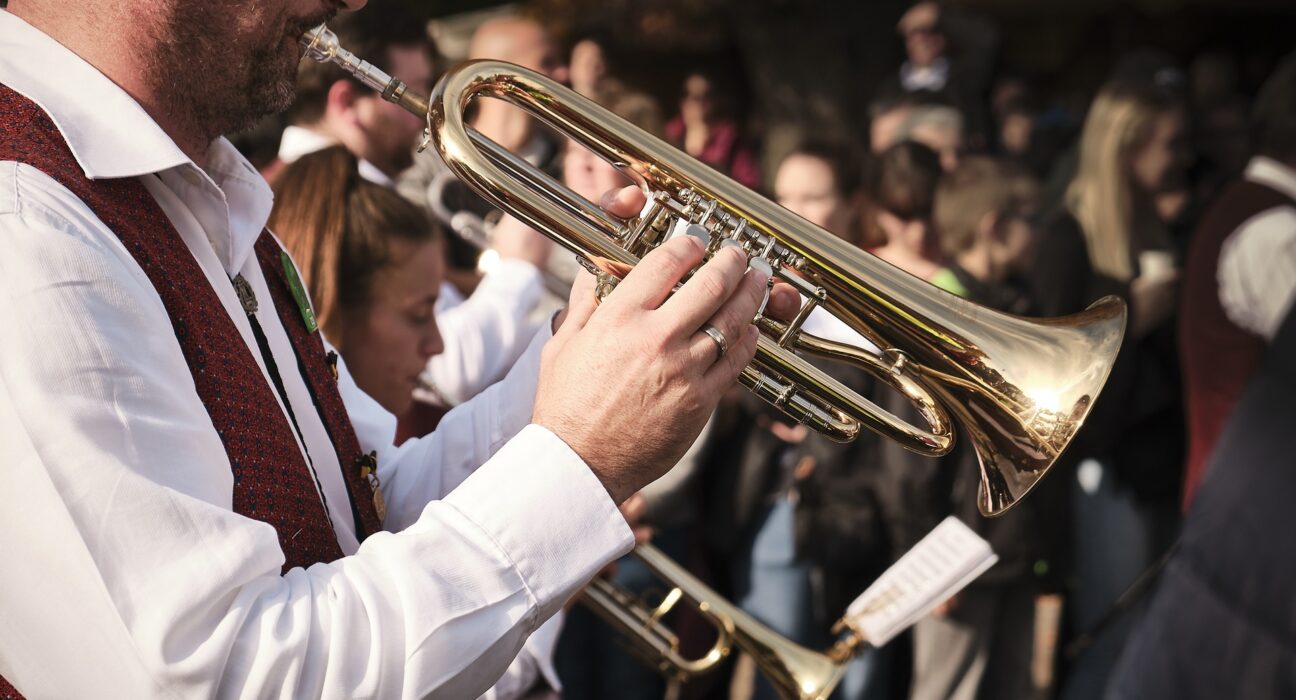The trumpet, a brass instrument renowned for its bold, brilliant sound, carries within it a rich tapestry of history that intertwines with various cultures and musical genres. It stands not only as a tool for entertainment but also as a powerful medium of expression, communication, and a symbol of social change throughout the ages. As we delve into the historical resonance of the trumpet, explore its artistic versatility across genres, examine its social significance, and understand its evolution in modern contexts, we will uncover the profound impact this instrument has had on society.
The Historical Resonance of the Trumpet
The lineage of the trumpet stretches back to ancient civilizations, dating as early as 1500 BC. During this era, the instrument was utilized primarily in military contexts and religious ceremonies. This initial purpose suggests that the trumpet’s role transcended mere musicality; it was inherently communicative, serving as a voice for leaders and deities alike.
Ancient Origins and Functions
In ancient times, the trumpet communicated critical messages on battlefields and during ceremonial occasions. Picture a warrior standing resolutely, their ear attuned to the distant call of the trumpet, summoning them to defend their homeland. The piercing notes resonated through the air, rallying troops and instilling courage in the face of adversity. The trumpet thus became an emblem of authority and leadership, forever linked to vital moments in human history.
Moreover, the use of trumpets in religious ceremonies highlights their cultural importance. From signaling divine presence to marking significant rites of passage, these instruments became intertwined with the spiritual fabric of societies. The sounds of trumpets echoed through sacred spaces, creating an auditory connection between the earthly and the divine, reminding people of their place within the cosmos.
Evolution Through the Ages

As centuries unfolded, the trumpet evolved significantly, adapting to the musical tastes and cultural landscapes of different eras. The Renaissance brought about advancements in trumpet design, resulting in an instrument capable of producing a wider range of notes. With this evolution came opportunities for artistic expression. Composers began to feature the trumpet prominently in orchestras and concertos, elevating its status within the realm of Western classical music.
This transition laid the groundwork for the trumpet’s dual identity, merging its roots as a call to arms with its emerging role as a conduit for musical beauty and innovation. The regal position the trumpet held within classical settings foreshadowed its eventual transformation within other genres, particularly jazz, where boundaries would be shattered and new forms of expression birthed.
Cultural Intersections
The journey of the trumpet is not merely one of musical evolution; it reflects broader cultural movements and shifts as well. Across continents, we find trumpets integrated into diverse musical traditions—from the brass bands of New Orleans to the mariachi ensembles of Mexico. In each context, the trumpet retains its ability to inspire and evoke emotion, bridging gaps between cultures while simultaneously fostering unique identities.
In studying these intersections, one begins to appreciate how the trumpet serves as a universal language. Whether it is played at joyous celebrations or somber memorials, the instrument transcends linguistic barriers and speaks directly to the human experience. One can almost hear the echoes of different cultures harmonizing through its sound, a beautiful testament to our shared humanity.
Artistic Versatility: From Classical to Jazz
The artistic versatility of the trumpet has allowed it to shine across a variety of musical genres, from the solemnity of classical compositions to the exuberance of jazz improvisation. Its adaptability invites musicians to explore the depths of their creativity, making it a beloved instrument among performers worldwide.
The Trumpet in Classical Music

In the realm of classical music, the trumpet often occupies a regal position, commanding attention with its vibrant timbre. Renowned composers such as Bach, Handel, and Vivaldi recognized the unique qualities of the trumpet and incorporated it into their orchestral works. The clarity and brilliance of its sound lend itself beautifully to both lyrical melodies and daring fanfares.
Furthermore, the integration of the trumpet into concertos showcases the instrument’s ability to convey intricate emotions. It takes on a soloist’s role, engaging in a dialogue with the orchestra, revealing the nuances of its character. Each note becomes a brushstroke on a canvas, capturing the essence of human experience through sound.
The Jazz Revolution
However, it is in the world of jazz where the such as Louis Armstrong and Miles Davis redefined the boundaries of trumpet playing, transforming it into a vehicle for improvisation and emotional depth. The jazz trumpet embodies a spirit of spontaneity and exploration, allowing musicians to express their innermost thoughts and feelings in real-time.
The improvisational nature of jazz invites collaboration, as musicians engage in a dynamic conversation, responding to one another’s phrases and ideas. This interactivity fosters a sense of community, uniting performers and listeners in a shared experience. The trumpet, soaring above the ensemble, becomes a voice of individuality amid collective harmony, embodying the essence of jazz culture.
The Cultural Significance of Jazz Trumpet

The evolution of the trumpet within jazz also raises important questions about artistic expression and cultural identity. During the civil rights movement, musicians harnessed the power of the jazz trumpet to convey their struggles and aspirations. The evocative sounds of a trumpet solo echoing through a crowded street resonate with the hopes of a generation yearning for change.
In this context, the trumpet transcends its role as a musical instrument; it becomes a voice for social commentary. Legendary trumpeters like Louis Armstrong, Miles Davis, and Dizzy Gillespie employed their music as a form of protest, articulating the frustrations and desires of marginalized communities through their horn. The trumpet then serves not only as a means of artistic expression but also as a powerful agent for social change.
Social Significance: A Voice for Change
Beyond its musical applications, the trumpet has historically acted as a catalyst for social commentary, reflecting the societal issues of its time and shaping public discourse. Throughout history, musicians have used the trumpet to amplify their voices, weaving narratives that challenge conventions and inspire action.
The Role of Trumpet in Social Movements
During pivotal moments of social upheaval, such as the civil rights movement, the jazz trumpet emerged as a potent symbol of resistance. Musicians utilized their craft to address racial injustice and advocate for equality. The sounds of a trumpet solo could be heard echoing through crowded streets, resonating with the collective hopes of a generation yearning for change.
This connection between music and activism invites us to reflect on the power of art as both a mirror and a hammer—reflecting societal issues while actively shaping them. The trumpet, with its commanding presence, becomes a vehicle for storytelling, giving voice to those who have been silenced.
Personal Reflections on the Impact of Music

Contemplating the role of the trumpet in social movements highlights the profound effect music has on individuals and communities. The raw emotion conveyed through the notes of a trumpet can unite people in ways that words alone cannot. It creates a shared space for expression, allowing listeners to tap into their own experiences while connecting with the struggles of others.
In many ways, the trumpet functions as a bridge between generations, carrying forward the lessons of the past while inspiring future movements. As contemporary artists continue to push boundaries and redefine the instrument’s role, they build upon the legacy left by previous musicians who dared to speak truth to power.
Exploring the Future of Musical Activism
As we navigate through contemporary times, the relationship between the trumpet and social change remains as relevant as ever. With the rise of technology and digital platforms, musicians today have unprecedented opportunities to reach global audiences and amplify their messages. The fusion of traditional techniques with modern influences gives birth to new sounds that resonate with younger generations.
In this evolving landscape, one cannot help but wonder: How will future musicians harness the power of the trumpet to express the complexities of a rapidly changing world? Will they continue to carry the torch for social justice and advocacy, or will they forge new paths that redefine the instrument’s significance?
The Trumpet in Modern Contexts
Moving into contemporary contexts, the trumpet continues to adapt, reflecting the dynamic nature of music in today’s world. Fusion genres blend traditional practices with modern influences, creating fresh sounds that resonate with diverse audiences. As musicians experiment with electronic effects and digital platforms, the trumpet’s reach expands, redefining its role in popular music.
Fusing Genres and Expanding Boundaries
The rise of fusion genres has opened up exciting possibilities for trumpet players. By blending elements from jazz, rock, pop, and world music, artists are creating innovative soundscapes that captivate listeners. The trumpet, once confined to specific genres, now weaves through a myriad of musical styles, demonstrating its versatility and appeal.
In this era of genre-blending, musicians no longer feel limited by traditional categorizations. They draw inspiration from a wide array of influences, allowing the trumpet to take center stage in unexpected ways. Whether it’s incorporating hip-hop beats, electronic soundscapes, or folk traditions, the trumpet becomes a conduit for artistic experimentation, inviting audiences to explore new sonic territories.
Technology’s Influence on Trumpet Performance
The advent of technology has also transformed how trumpet players approach their craft. Electronic effects can enhance the instrument’s sound, adding layers of complexity and depth. Musicians are now able to manipulate their tone, creating unique textures that were previously unimaginable. This newfound ability to experiment with sound opens doors for creative expression, encouraging artists to break free from conventional norms.
Digital platforms have further revolutionized the way trumpet players connect with audiences. From sharing live performances on social media to collaborating with fellow musicians across the globe, the possibilities for artistic engagement are limitless. The trumpet, once confined to concert halls and recording studios, now finds a home in virtual spaces, reaching fans in every corner of the world.
Embracing Diversity in Contemporary Music
As the trumpet navigates through modern contexts, it also embraces diversity in representation. Musicians from various backgrounds are stepping into the spotlight, bringing their unique perspectives and experiences to the forefront. This shift enriches the narrative surrounding the trumpet, highlighting the instrument’s ability to transcend cultural boundaries.
Through collaborations and cross-cultural exchanges, the trumpet continues to serve as a tool for connection. It invites musicians to share their stories while celebrating the richness of their heritages. As we witness this evolution, we are reminded that the trumpet is not just an instrument; it is a vessel for unity and understanding in an increasingly interconnected world.
Conclusion

The trumpet stands as a testament to the enduring power of music as a form of human expression. Its history is woven with tales of courage, resilience, and artistry—a reflection of the societies from which it emerges. Whether calling soldiers to battle, filling concert halls with symphonic beauty, or becoming a voice for marginalized communities, the trumpet resonates with the stories of countless individuals throughout time.
As we explore the journey of the trumpet, we uncover its multifaceted nature—an instrument that evolves alongside cultural movements while serving as a powerful tool for communication. Each note played speaks volumes about the society from which it arises, challenging us to listen closely to the narratives beneath the surface and recognize the trumpet’s role as both a mirror and a hammer in shaping our world.
✉️ Stay Connected — Subscribe for Weekly Updates
Discover timeless stories, practical wisdom, and beautiful culture — delivered straight to your inbox.
*We only share valuable insights — no spam, ever.






